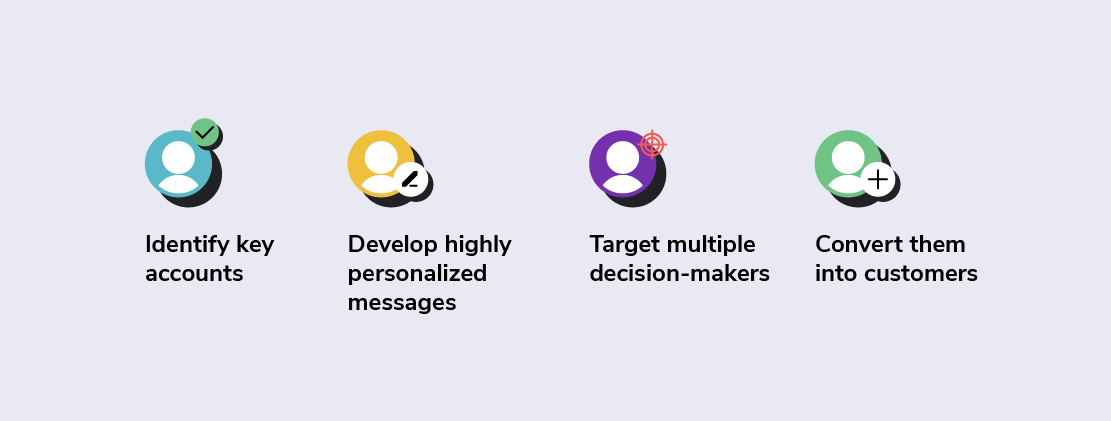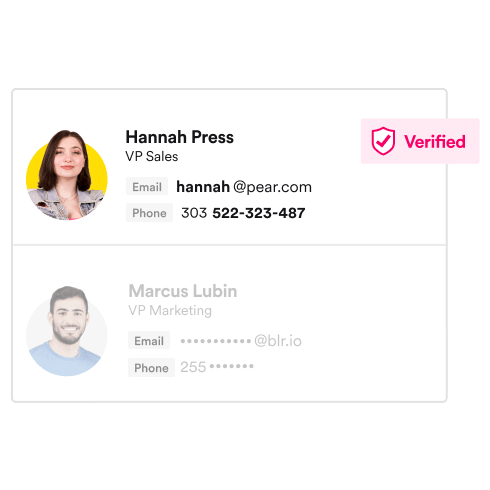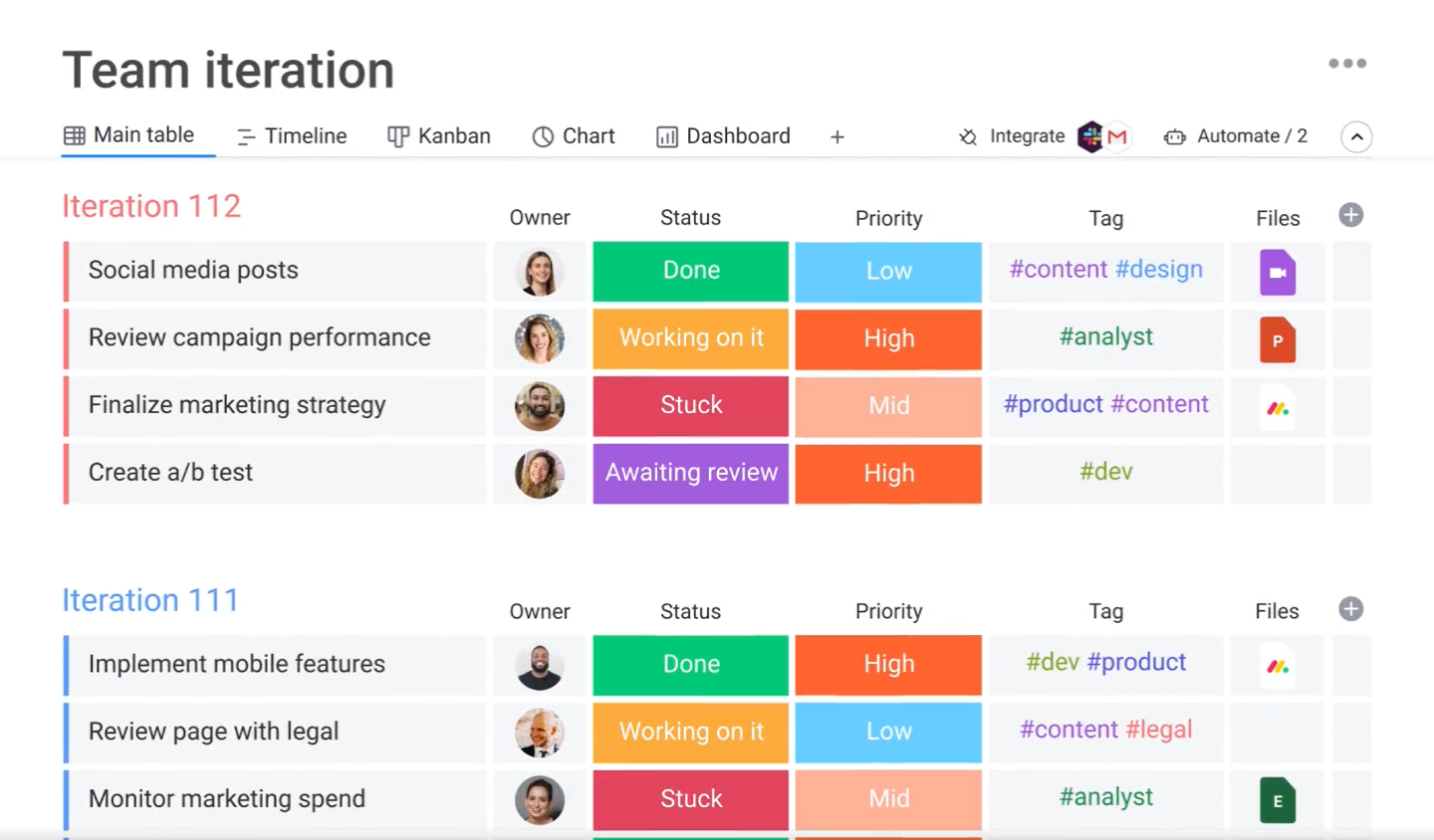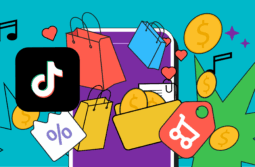Why bother looking for individual clients when you’d be better off selling your products or services to a company and earning X times more? If you are a creator, small-business owner, or entrepreneur, you must have had this thought at some point.
Entering the B2B game has never been more tempting. Currently, the B2B market is bigger than B2C in terms of value — for example, the global B2B eCommerce market was valued at $14.9 trillion in 2020, over five times bigger than the B2C market.
Let’s talk about the most common B2B sales strategies and how to use them for your own business. You’ll also learn how to increase B2B sales using various marketing and sales tools.
Content:
- What do you need to know before you start selling business to business?
- Why do you need a B2B sales strategy?
- 4 effective B2B sales strategies to adopt and improve upon
- Strategic selling
- Solution selling
- Account-based selling
- Social selling
- 9 tips on how to increase B2B sales
- B2B sales tools you should be using
- Prospecting and outreach tools for B2B sales
- CRM for B2B sales
- Collaboration tools for B2B sales
- Email automation tools for B2B sales
- Wrapping up
What do you need to know before you start selling business to business?
In the B2B segment, the stakes are higher, but so are the rewards. Before we dive into B2B sales techniques and strategies, let’s define what makes selling business to business so challenging and exciting.
- B2B deals almost always have a higher value. Six- or even seven-figure deals aren’t unheard of.
- The B2B sales cycle is noticeably longer. It takes 84 days on average to convert marketing-qualified leads into sales-qualified leads.
- It’s harder to nurture leads and retain their interest. The average MQL to SQL conversion rate is 13%.
- Closing a B2B deal requires multiple points of contact and face-to-face interactions. A typical buying group for a B2B solution involves three to four decision-makers, for a complex solution — six to ten.
- B2B prospects expect greater personalization. They want sales reps to understand their company’s goals and challenges and don’t like to be offered generic solutions.
- More than half of B2B customers do their own research instead of actively interacting with sales reps. That’s why sending tailored B2B nurturing campaigns is a must for any sales team.
- B2B decision-makers are often skeptical and tech-savvy — they don’t like to waste time or take unnecessary risks. It’s important to present them with facts, studies, and numbers rather than generic phrases and hypothetical statements.
Knowing all that, we can conclude that B2B sales require a more dedicated approach, a lot of research, and highly-developed customer empathy. Now, let’s talk about how you can streamline your B2B sales activities.
Learn more about B2B marketing from our Glossary!
Why do you need a B2B sales strategy?
Improvisation only gets you so far — even the most talented sales reps need some sort of framework to keep closing new deals. A B2B sales strategy is exactly that. It’s an actionable, precisely targeted, and repeatable plan that you can follow with your eyes shut.
Finding the right B2B sales strategy allows you to:
- target the right audience through the most effective channels;
- ask them the right questions to get valuable insights and data early on;
- uncover and address your target company’s needs, objections, and internal challenges;
- be sure that your prospects fully understand your unique selling points;
- win customer trust and prove your credibility;
- speed up your whole sales cycle;
- optimize your efforts and manage your resources more efficiently;
- provide guidance for your prospects exactly when they need it;
- increase your team’s productivity and motivation to close more deals;
- make reliable sales forecasts and grow your business with confidence.
Once you flesh out your sales process, you’ll be able to build your B2B sales strategy around it. You won’t even need to start from scratch — there are enough tried-and-true selling models and techniques you can take advantage of. Just make sure to refine them if needed to fit your unique B2B sales process better.
4 effective B2B sales strategies to adopt and improve upon
There are several B2B sales strategies that are considered the most successful. They represent four different approaches. You can follow them to the letter or, alternatively, use them as a loose base for your own, tailor-made strategy.
Choose your sales model based on what your current sales process looks like, the specifics and preferences of your target market, and your sales cycle length.
Strategic selling
At the core of this strategy lies the idea of gradually turning each contact into a convinced brand advocate. In other words, you do everything to make sure that every decision-maker in your prospect company is on your side.

Strategic B2B selling implies:
- conducting thorough research to understand how roles and responsibilities are distributed within the company you’re targeting;
- developing a personalized approach to each decision-maker;
- understanding their buying reasons and how much influence they have;
- crafting new angles for your offer;
- pitching to different people and showing how your product can solve their unique pain points;
- motivating your contacts to promote your product to their peers inside the company.
This strategy works best for selling complex products to big companies since it requires a fair amount of resources, patience, dedication, and experience. Also, speaking to different stakeholders and experts and addressing their challenges and needs takes extra time, which small B2B companies may not have.
Your company’s reputation also plays a big role. It’ll be next to impossible to educate and influence the whole buying group if you can’t present them with real case studies and testimonials by other respected figures in the industry.
Solution selling
This strategy allows you to act as a consultant for your target company and cater to their needs. As the name suggests, this is a very customer-centric strategy — you focus on your prospects and try to sell them not a product but a solution.

Here’s how this strategy is usually executed:
- Build the conversation with your contacts around their pain points and long-term goals.
- Instead of describing the features and benefits of your product, concentrate on how it can help them achieve those goals.
- Ask open-ended questions and find out what solutions your target company has already tried.
- Explain why you’re confident that your solution will succeed where others failed.
- Emphasize the fact that you offer a tailored solution designed specifically to fix their pain points.
This strategy will be a good fit for your business if you offer high flexibility and more or less customizable solutions. To execute it, you need to build strong relationships with your prospects and encourage them to share insights that can help you tailor your offer to their needs.
Account-based selling
One of the most popular and data-driven B2B sales strategies to date. Account-based selling means that you rely on your existing customer data to identify what your target accounts have in common and how to create the most relevant offerings for each of them.

If other strategies require you to get out there and interact with your prospects right away, account-based selling makes you conduct a prior investigation and thoroughly qualify your potential buyers.
By doing that, you prepare a solid foundation for your sales pitch. Account-based selling allows you to target different buyer personas within one company and generate a custom sales pitch for each stakeholder.
This B2B sales strategy is mostly used by companies with a relatively big customer base, and, therefore, enough data to analyze and draw insights from. AI-powered tools enable account-based sales teams to create one-on-one buying experiences for their target accounts.
Social selling
Social selling is all about using social media platforms, mostly LinkedIn, Facebook, and Twitter, and networking tools to reach your potential buyers at the right moment and through the right channel. This B2B sales strategy has gained popularity because, as we mentioned earlier, B2B customers tend to do their own online research, and that includes using social media.

Here’s how you can leverage social media platforms to increase B2B sales:
- Work on your company’s social media presence and build a strong B2B brand.
- Start and participate in discussions, consistently publish valuable B2B content such as articles, webinars, and reports, and actively reach out to potential prospects and partners.
- Invest time and effort into developing sustainable relationships with your target audience before you start pitching.
The beauty of this B2B sales strategy is that you get to keep and nourish valuable connections that you make, even if those contacts aren’t ready to discuss a purchase yet. This is a valid approach for a B2B company of any size because a long-term social media strategy will benefit your brand regardless of whether you’re going to use it for sales directly.
9 tips on how to increase B2B sales
These B2B sales tips can help you improve your sales game and refine your strategy:
- Analyze changes in demand and emerging trends and keep your customer profiles up-to-date.
- Fight post-COVID email fatigue and offer face-to-face meetings or video calls to make conversations with decision-makers more personal.
- Align your sales, marketing, and customer success teams’ efforts by using a unified CRM as a single source of truth, adopting collaboration tools, focusing on shared goals, and streamlining communications between teams.
- Create an automated follow-up strategy to re-engage potential prospects and leave nothing to chance.
- Always check on your prospects to monitor how their business is doing — follow their updates and industry news, talk to them about the challenges they are or were facing, and use social listening to pick up any positive or negative signals.
- Score and segment your leads to focus on the most lucrative and promising deals.
- Go beyond standard metrics and analyze your sales team activities, deal loss reasons, individual member performance, pipeline leaks, each sales stage duration, etc.
- Make sure that your B2B customers have a smooth post-purchase experience by improving your onboarding and support strategy.
- Don’t compromise on your pricing to win one specific deal — it might bring the value of your offer into question and hurt your strategy in the long term.
The following section will tell you specifically which tools to use to implement some of these B2B sales tips.
B2B sales tools you should be using
Any B2B sales strategy would be incomplete without these sales automation tools — they help you simplify and speed up everyday processes and dramatically improve your team’s productivity.
Learn more about sales automation software and the reasons to start using it.
Prospecting and outreach tools for B2B sales
Forget having to spend hours, if not days, on finding a single email address. You can automate your search and outreach by using dedicated databases and email finders such as Lusha. They allow you to find prospects on LinkedIn, Gmail, and any B2B website and reach out to them in one click.
Some prospecting tools even verify their contacts, so you can be absolutely sure that you’re contacting the right person.

Prospecting and outreach tools allow you to focus on establishing and nurturing new connections instead of routine scrolling. You can discover accurate contact data within seconds and spend your time closing more deals instead.
CRM for B2B sales
Customer relationship management software helps you automate your sales and store all information about your prospects and customers in one place. With a CRM, you’re always staying in control of your sales process and seeing what happens in each of your sales pipelines.
You can try our intuitive CRM to keep track of your deals, manage conversations with them, and more.

A CRM platform enables you not only to distribute deals and check their progress but also to measure your sales team’s performance and predict your future revenue. In short, it automates many repetitive and time-consuming tasks and gives you countless other benefits.
Collaboration tools for B2B sales
Collaboration platforms like Monday can drastically improve your company’s efficiency and bring all your teams on the same page. They allow you to centralize your work processes, assign and distribute tasks, manage projects, create automations for routine processes, and so on.
You can rely on clean visual dashboards instead of chaotic notes and confusing email threads.

Most collaboration platforms offer customization options making it easier for different teams to migrate and set up the workspace exactly the way they need.
Email automation tools for B2B sales
An email automation platform allows you to send automated and scheduled follow-ups, nurturing campaigns, announcements, and webinar emails to your prospects and make sure that they reach them at the right time.
Use our code-free email service with various premade email templates to create good-looking emails, quickly set up automations, and improve your email deliverability.

You can set up your campaigns once and never go back to it unless you need to make some adjustments. Email automations help you send personalized and relevant messages, maintain the right sending frequency, and communicate with prospects more efficiently.
Wrapping up
Creating and fine-tuning a B2B sales strategy takes time, but you can accelerate that process by adopting our marketing and sales automation tools. We have an extensive Knowledge Base and video training to help you get familiar with our tools and features.
You can also reach out to our support team, should you have any questions related to our email service, CRM, chatbot builders, or other SendPulse products.








![Dental Marketing Strategies, Ideas, and Examples [2025 Guide]](https://www.spcdn.org/blog/wp-content/uploads/2025/05/dental-marketing-cover-255x167.png)
![How to Make Money on TikTok with Any Follower Count [2025]](https://www.spcdn.org/blog/wp-content/uploads/2025/04/money-tiktok-cover-255x167.png)